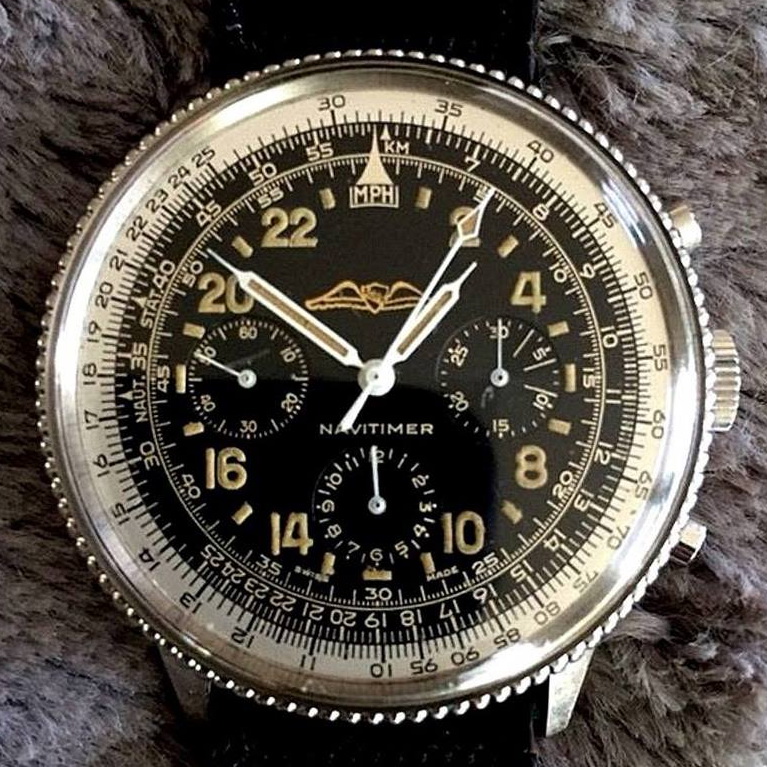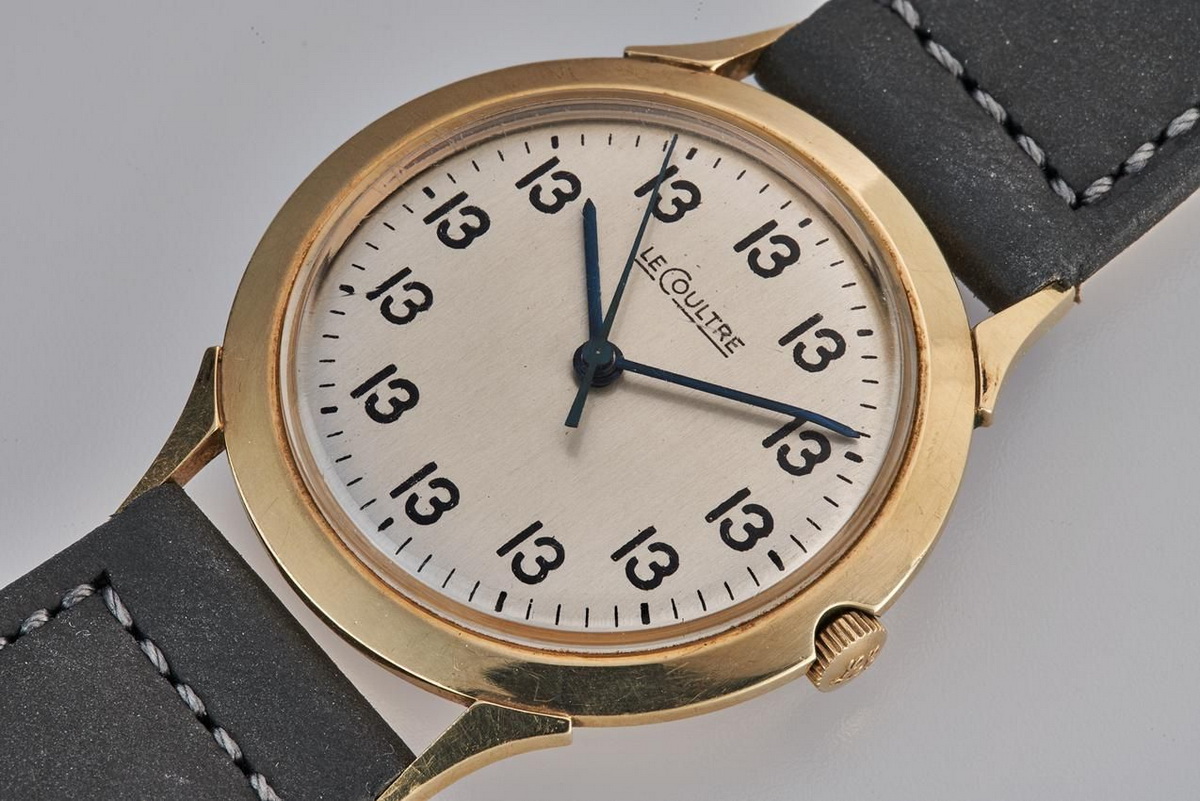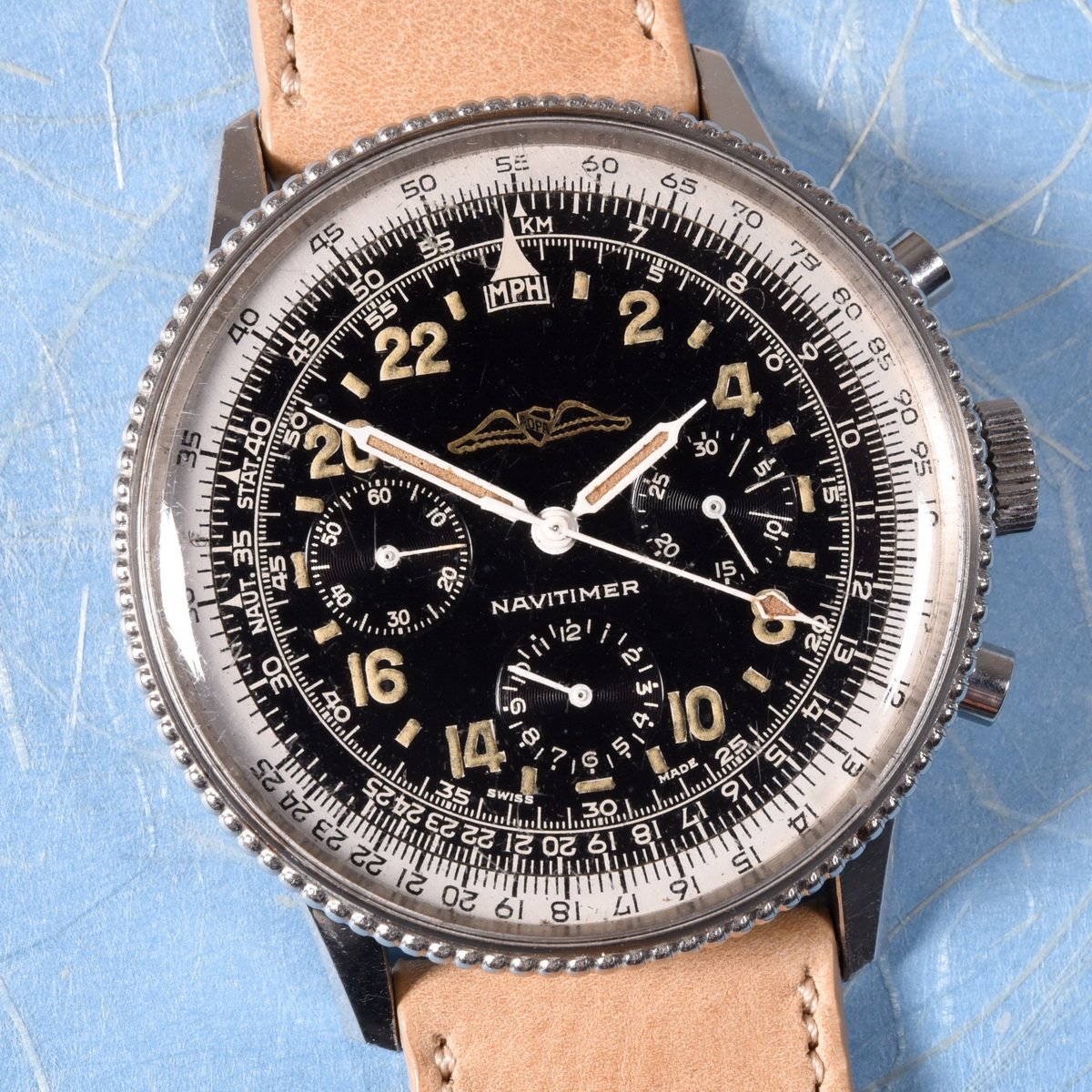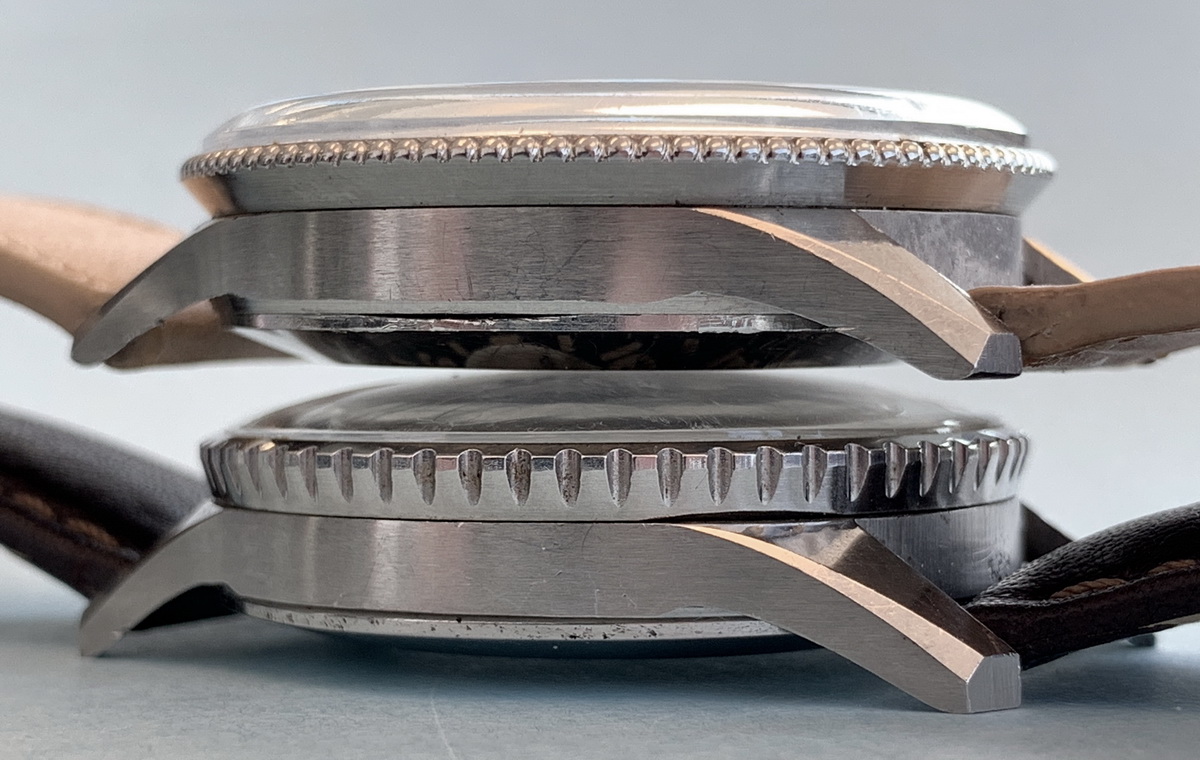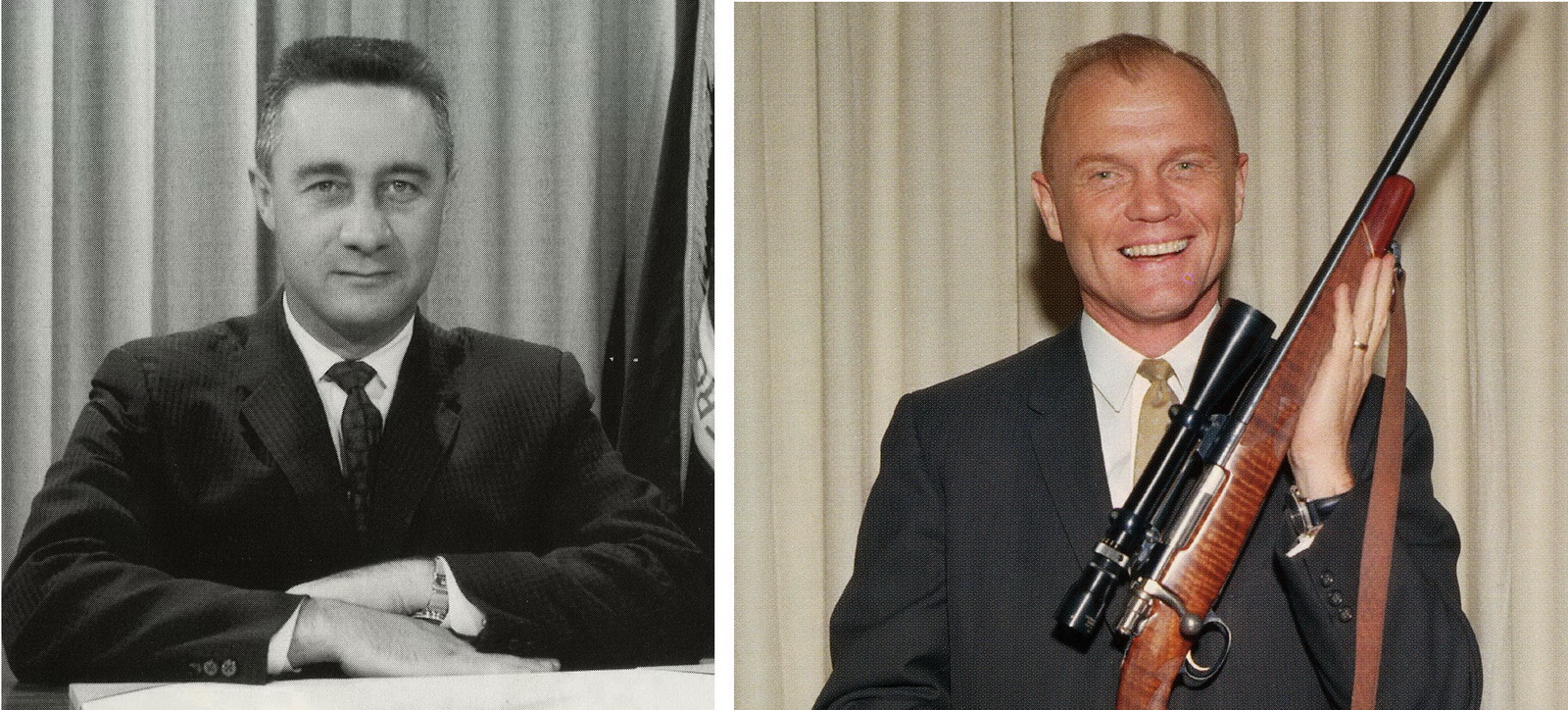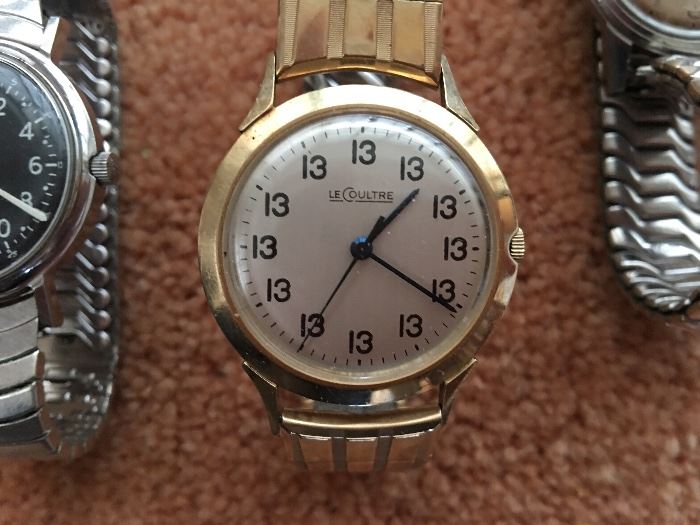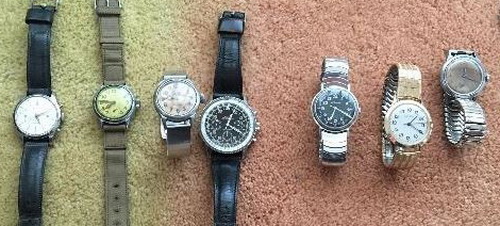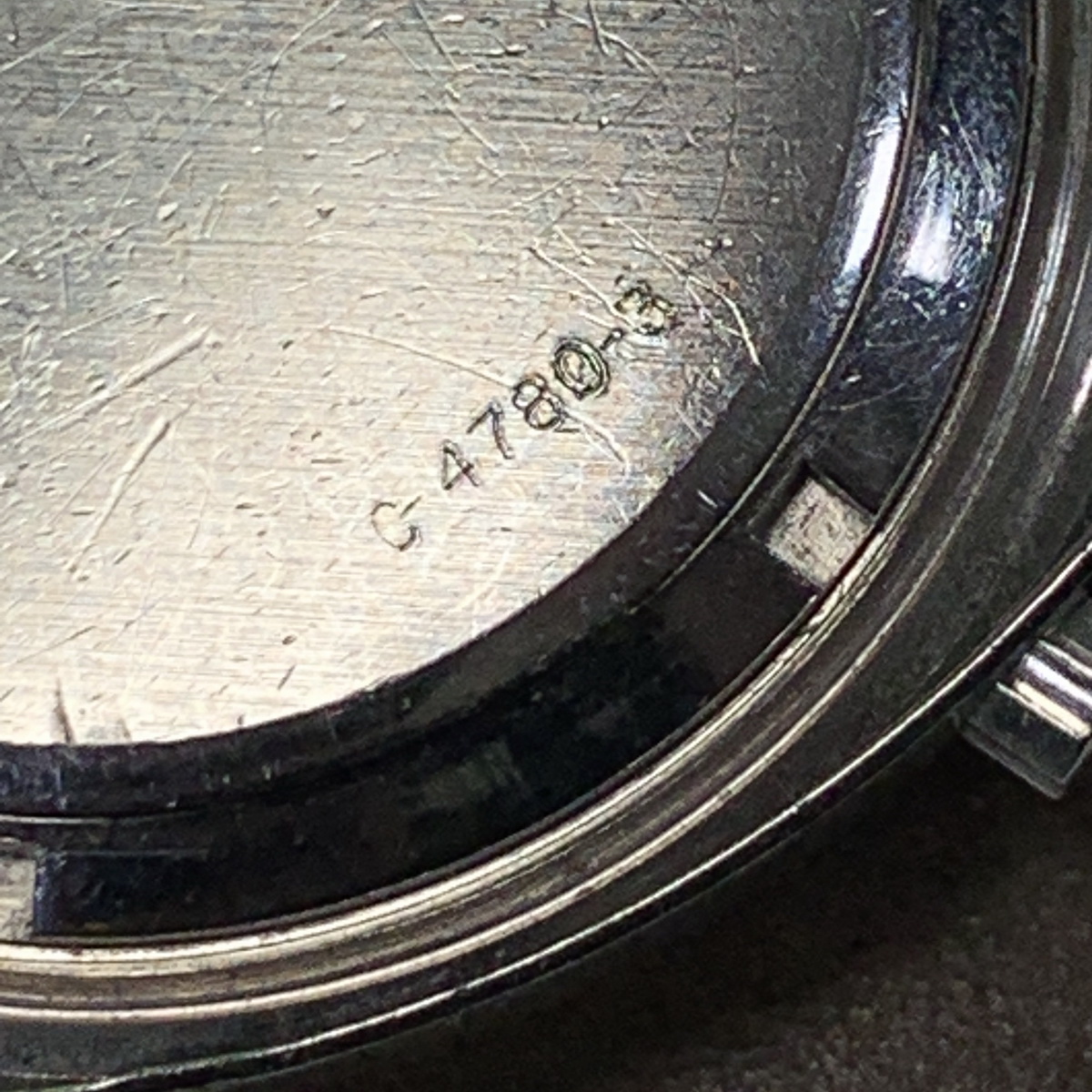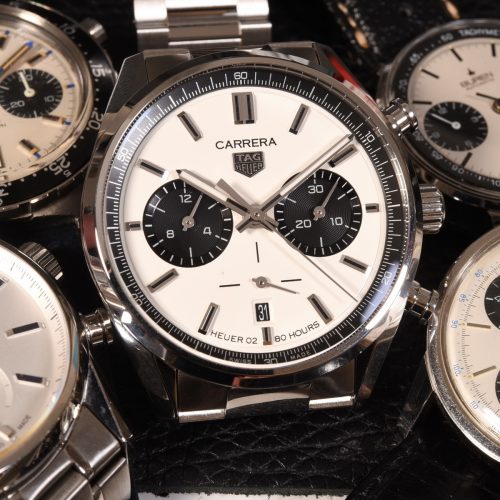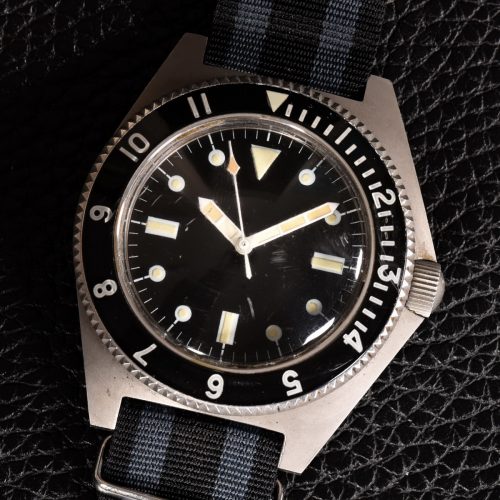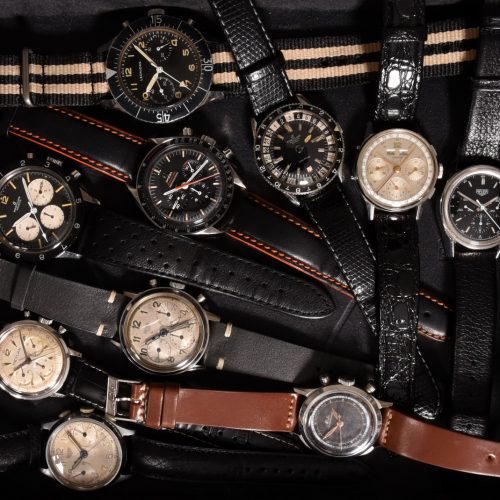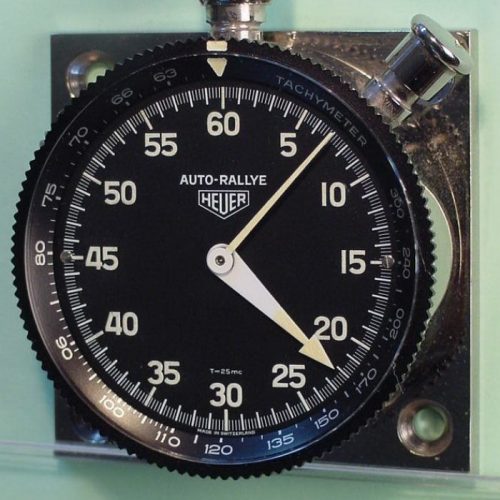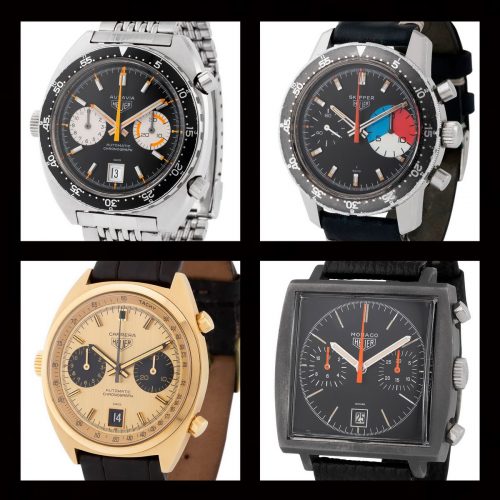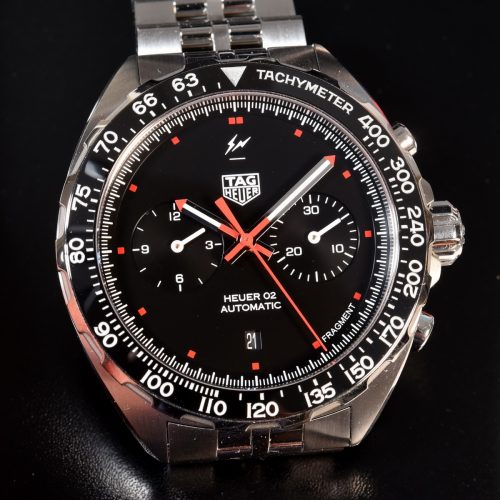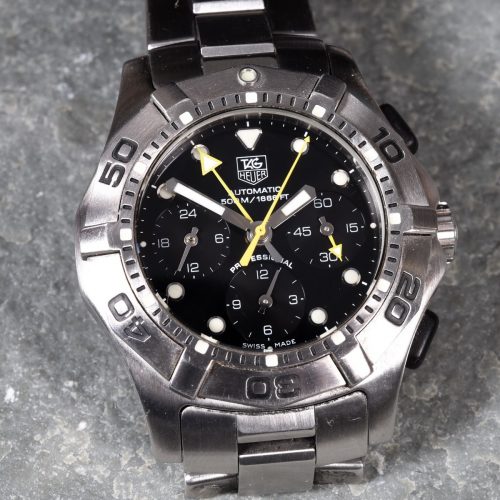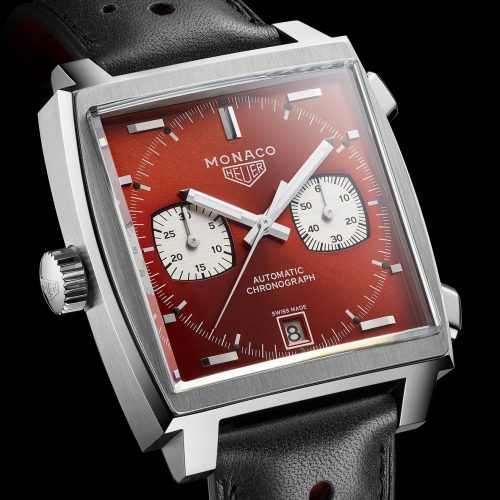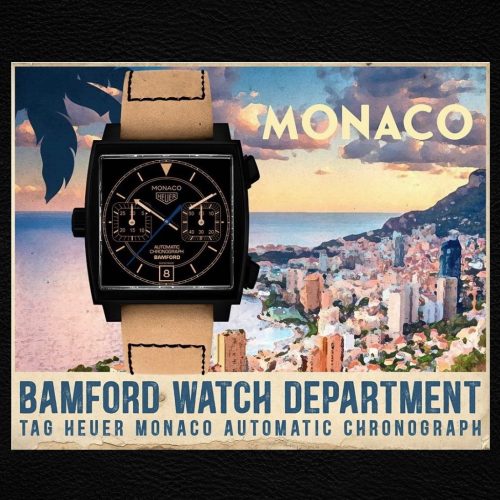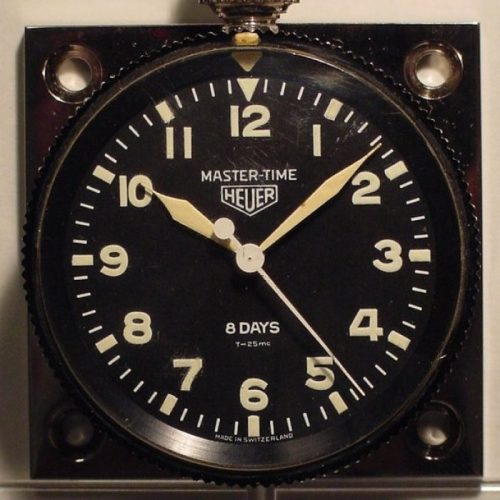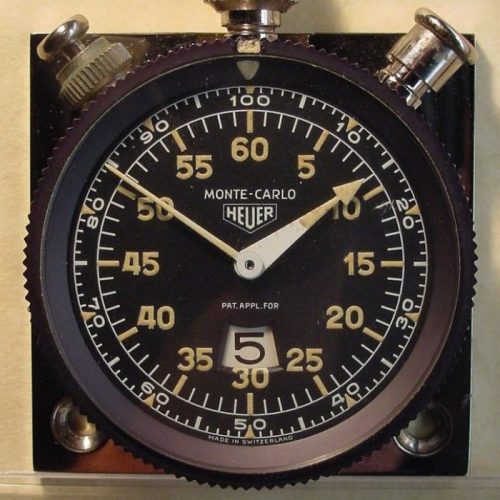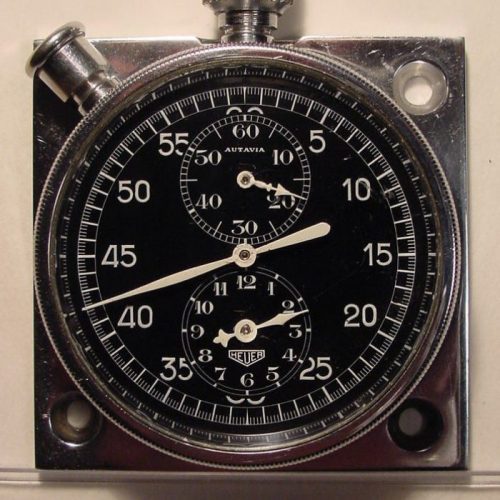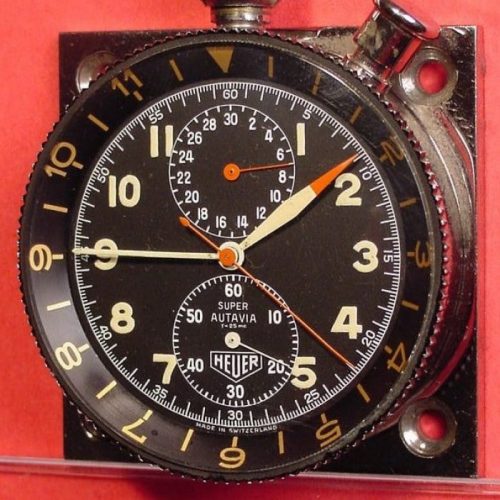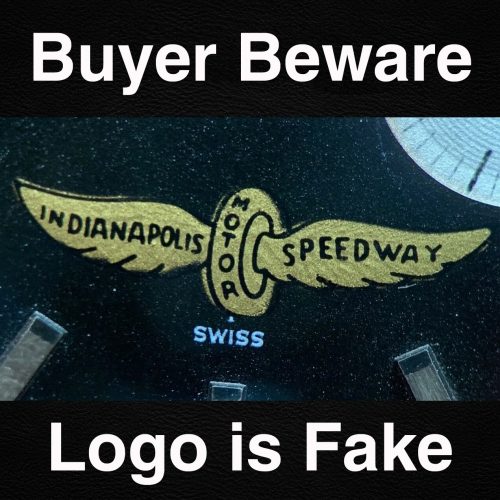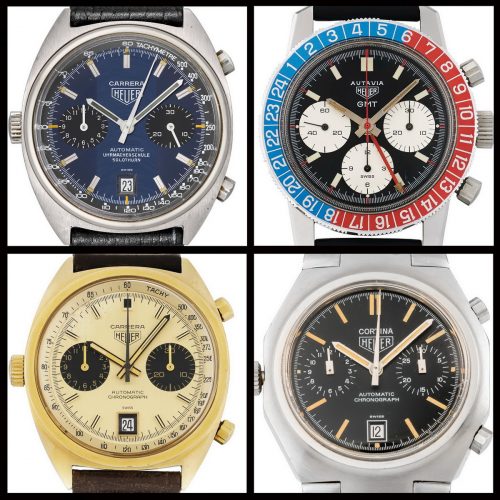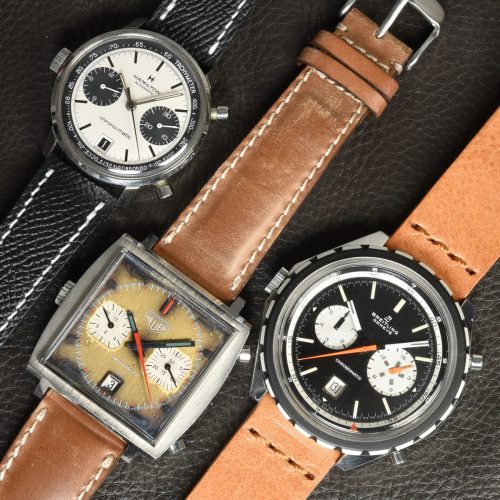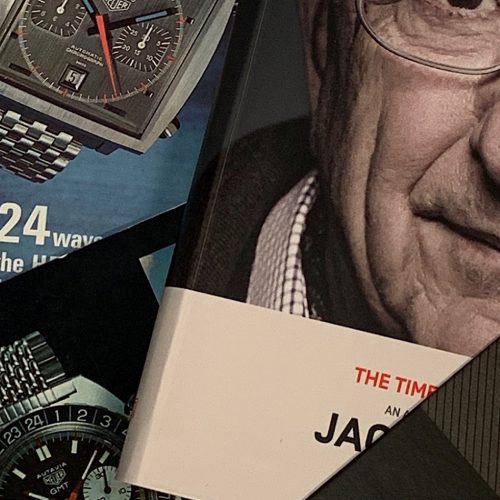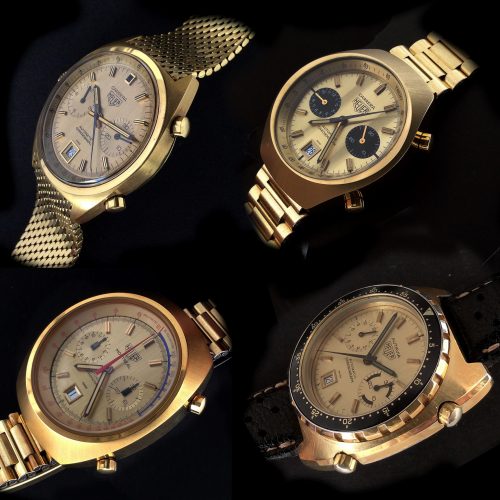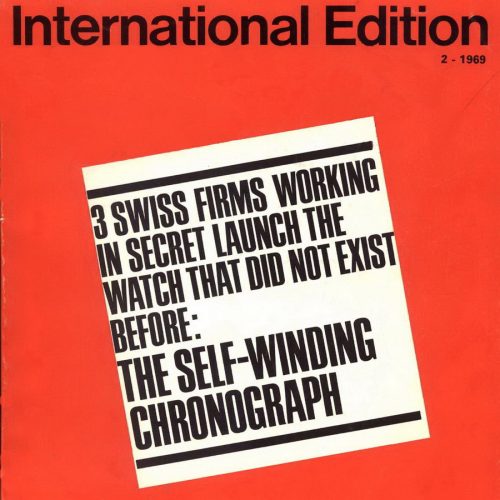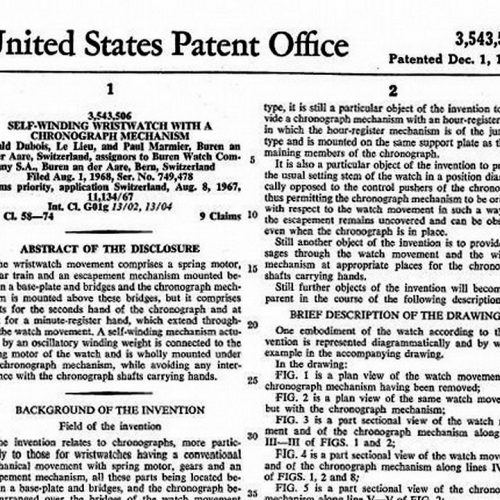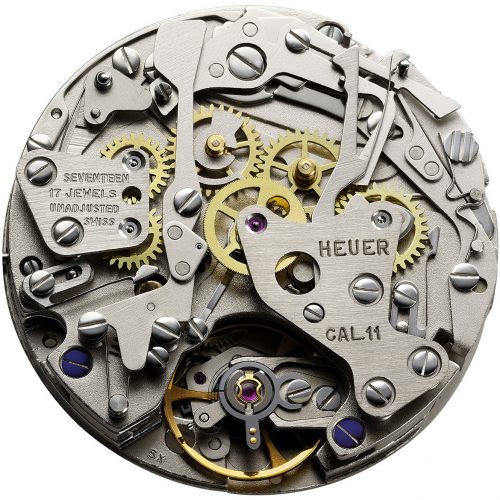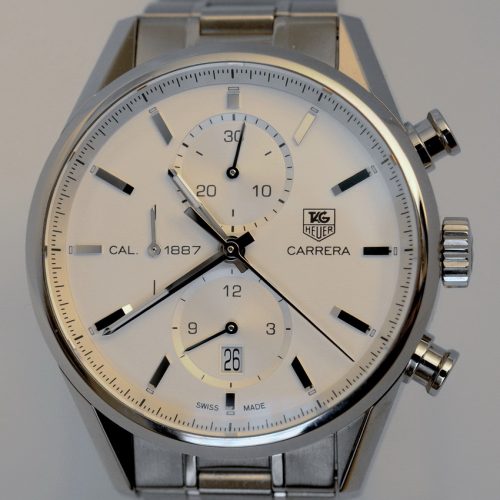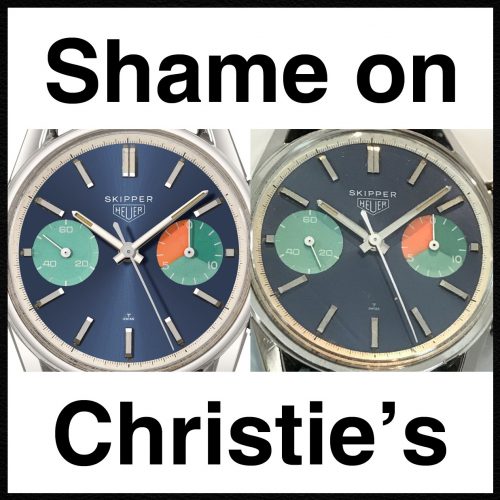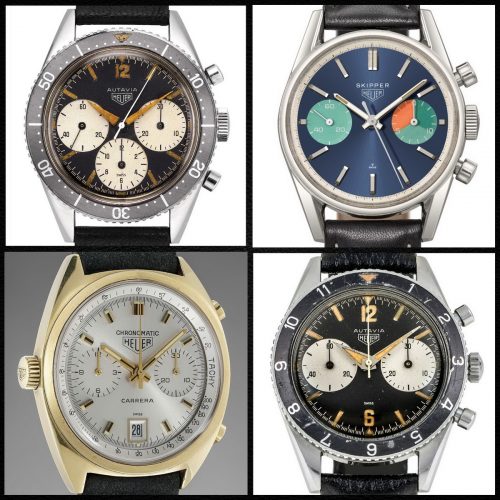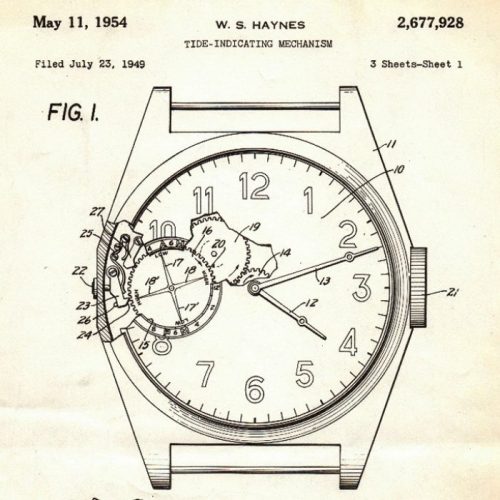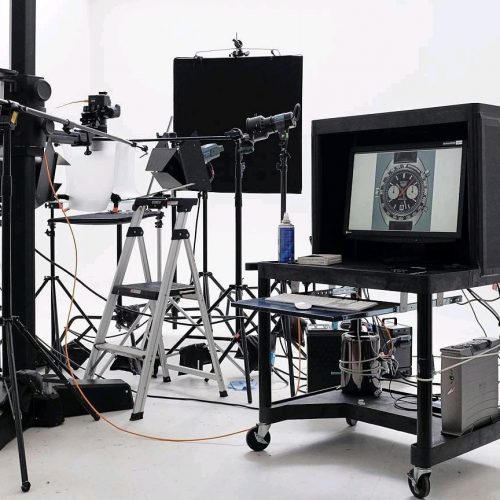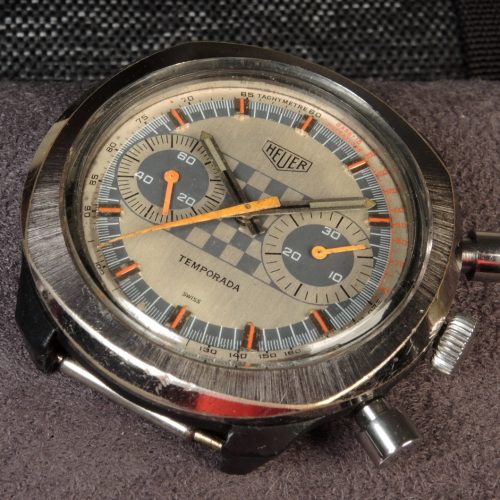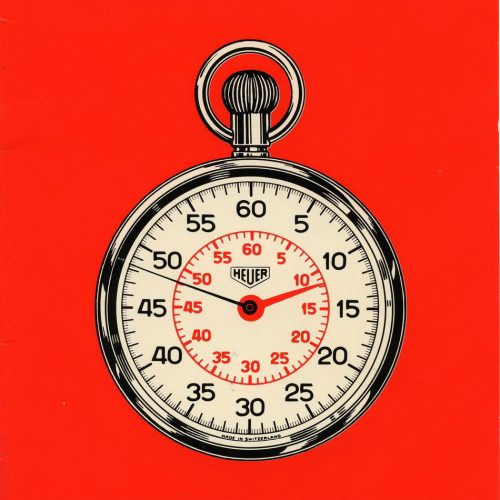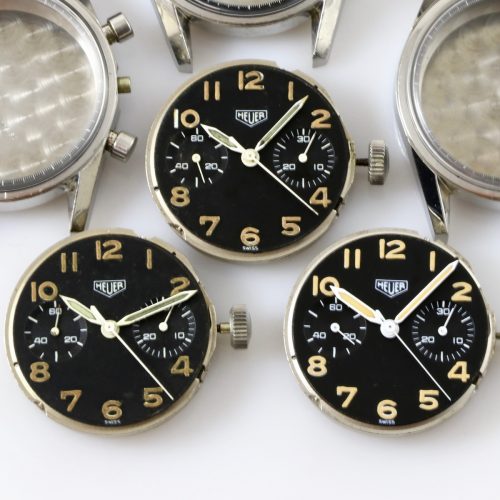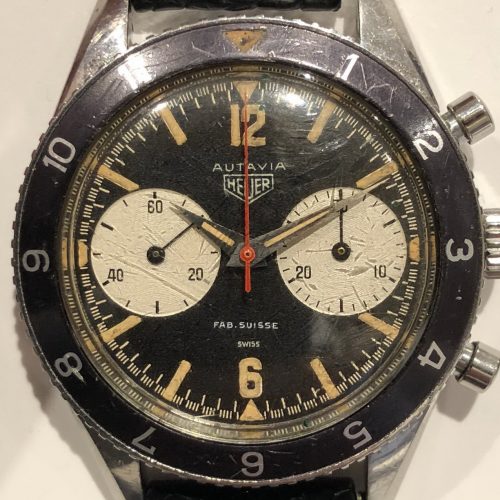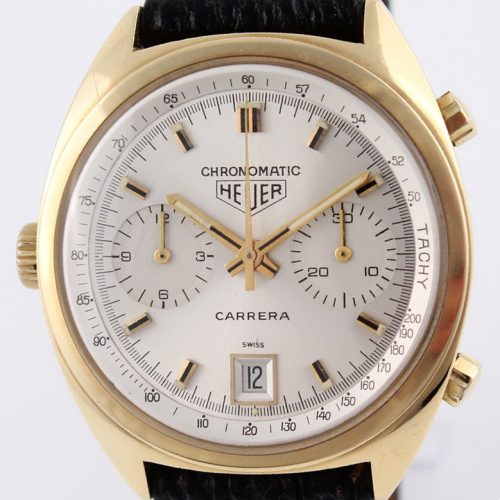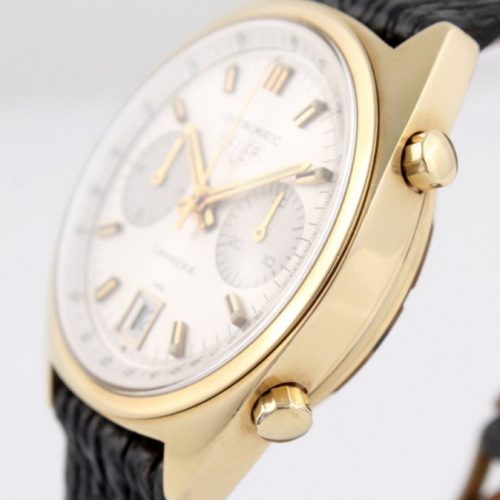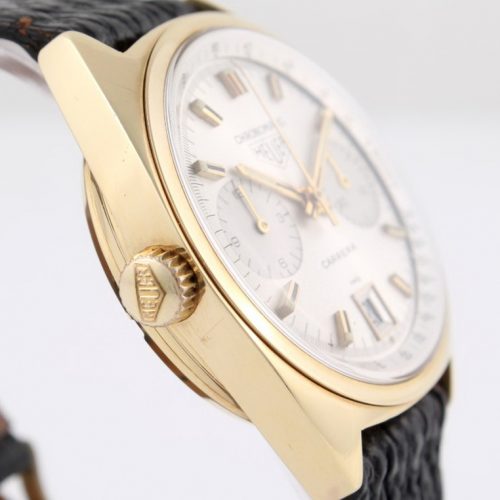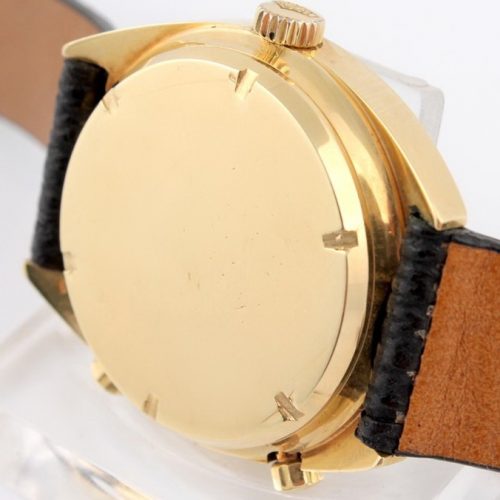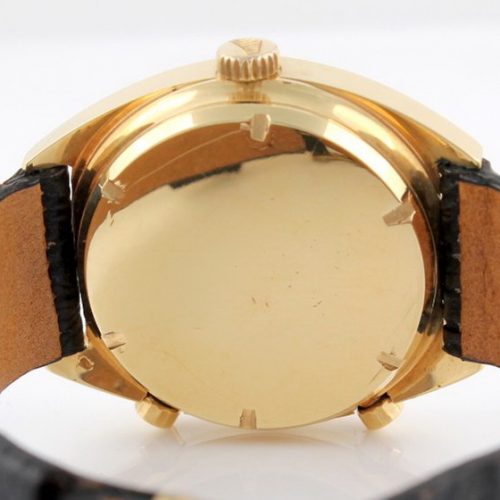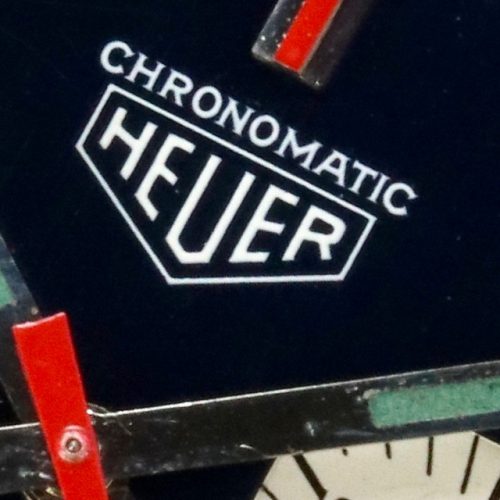During the summer, Phillips announced its “Game Changers” auction, to be held in New York City, on December 10, 2019. The two watches highlighted in the press release announcing the auction were the Rolex GMT Master worn by Marlon Brando in “Apocalypse Now” and the Rolex Day-Date worn by Jack Nicklaus on a daily basis for many years.
Today, in an article published in the Wall Street Journal online edition, author Michael Clerizo broke the news that two watches from astronaut John Glenn would also be included in the Phillips sale. [You can access a PDF of the article HERE.]
We will be publishing additional postings about the watches of John Glenn. In this posting we will provide an introduction to the two watches that will be included in Phillips “Game Changers” sale. The two watches could hardly be more different from one another, and there is an interesting back story for each of them.
John Glenn’s Breitling Cosmonaute
First up, we have a Breitling Cosmonaute, in the configuration that has come to be known as the “Scott Carpenter” Cosmonaute. In late 1961, Scott Carpenter spent time with some British air force pilots who were wearing Breitling Navitimer chronographs. Carpenter was enamored of the Navitimer, and as the astronaut who was assigned responsibility for onboard navigational equipment, he suggested that with some relatively minor modifications the Navitimer could be an ideal timepiece for the Mercury astronauts.
Carpenter suggested three modifications that would take the Navitimer from a production watch, introduced by Breitling in 1954, to one that would be ideal for the Mercury astronauts. First, rather than showing the time of day on a standard 12-hour dial, the Cosmonaute would use 24-hour indications, meaning that the hour hand would rotate around the dial only once per 24-hour day. With an astronaut completing an orbit every 90 minutes, and moving from light to darkness to light with frequency, the 24-hour indication would allow the astronaut to keep track of the time in a fixed location (for example, Cape Canaveral, Florida). [photo below is sample of “Scott Carpenter” Cosmonaute; not the watch being sold by Phillips]
Second, the Navitimer had a three scales for use in it slide rule complication – two scales printed on the dial and one scale in the rotating bezel. Carpenter realized that the HH:MM (hours:minutes) scale might be useful for ordinary pilots but would not be useful for space travel, so this scale was removed. This gave the dial a “cleaner” look, in part by allowing more open space required for the numerals 2 through 24.
Third, so that the astronauts could use the slide rule while wearing thick gloves, the Cosmonaute used a wider bezel than the previous Navitimers. Comparing the bezel of the “Scott Carpenter” Cosmonaute to the bezel of the standard Reference 806 Navitimer, circa 1962, shows that the Scott Carpenter bezel measures approximately 42.5 millimeters across, from one side to the other, while the standard Navitimer bezel was approximately 40.5 millimeters across.
It is unclear how John Glenn came to own a Breitling Cosmonaute. Some suggest that each of the Mercury Seven astronauts was issued one of these watches, as the Cosmonaute was expected to become the “official” watch for the Mercury program. Others have suggested that the watches were given to the Mercury astronauts, as gifts from Breitling.
For additional information about the “Scott Carpenter” Cosmonautes, see our recent posting — A Noteworthy Watch — Breitling’s “Scott Carpenter” Cosmonaute
John Glenn’s “Lucky 13” Watch, by LeCoultre
The story goes that astronaut John Glenn joked about his Mercury-Atlas spacecraft being a collection of two million parts, all built by the lowest bidder under the terms of a government contract. If that weren’t bad enough, Glenn also joked about the fact that his capsule was designated as “Mercury Capsule 13”, being the 13th capsule produced by McDonnell Aircraft Corporation.
Of course, it turns out that John Glenn’s “luck” was just fine on his flight, a fine tribute to the process of government contracting and perhaps proof that there is nothing necessarily unlucky about the number “13”. The success of his flight and the serial number of his capsule was noticed by an unusual group, “The Anti-Superstition Society of Chicago”, and on October 13, 1962, the Society presented John Glenn with a watch, which they had custom-ordered to celebrate his success.
The watch was a gold-plated LeCoultre watch, with a dial that had been specially printed for John Glenn’s watch. In the place of the usual Arabic numerals 1-through-12, this “Lucky 13” watch used a “13” to mark each of the hours.
More Coverage — Coming Soon
John Glenn was a “Game Changer”, in his career as a pilot in the Marine Corps, as the first American astronaut to orbit the earth, and as a United States Senator. He was a hero, whose accomplishment in February 1962 was celebrated around the world.
We will be publishing additional information about the watches owned by John Glenn, and the very interesting story of how they were sold in an estate sale, conducted in March 2018, from his former home in Potomac, Maryland.
